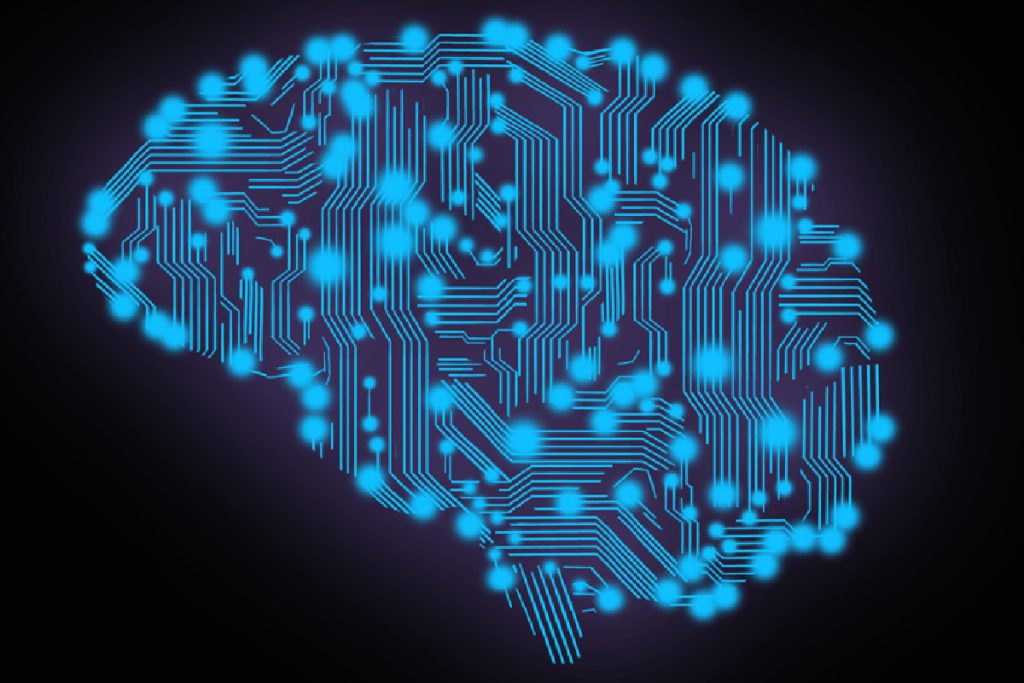In an era marked by unprecedented technological advancements, the deployment of AI-powered surveillance systems has become increasingly prevalent. These systems offer enhanced security measures, enabling organizations and governments to protect assets and citizens effectively. However, this technological progress has also raised significant concerns about the erosion of individual privacy. Striking the right balance between security and privacy in AI-powered surveillance is crucial to ensure that society reaps the benefits of this technology without sacrificing fundamental rights.
The Rise of AI-Powered Surveillance

AI-powered surveillance systems have evolved dramatically over the past decade, thanks to advances in machine learning and computer vision. These systems are now capable of analyzing vast amounts of video and image data in real-time, identifying objects, individuals, and even predicting potential security threats. This technological leap has empowered law enforcement agencies, businesses, and governments to enhance security measures and respond more efficiently to emerging threats.
The Security Imperative
Enhanced security is undoubtedly one of the most compelling reasons for the widespread adoption of AI-powered surveillance. These systems can detect and respond to security breaches swiftly, preventing potential crimes or mitigating their impact. For example, facial recognition technology can help identify wanted criminals or missing persons, making cities safer. Moreover, AI can analyze patterns of behavior and alert security personnel to suspicious activities in real-time, reducing response times and potential damage.
The Privacy Paradox
While the security benefits of AI-powered surveillance are clear, concerns about individual privacy cannot be ignored. These systems collect vast amounts of data, often without explicit consent, raising questions about surveillance’s ethical implications. Privacy advocates argue that such invasive monitoring infringes upon an individual’s right to privacy, leading to a society where citizens constantly feel watched and monitored.
Striking the Right Balance

Balancing security and privacy in AI-powered surveillance is a complex and ongoing challenge. To navigate this delicate equilibrium, several considerations must be taken into account:
1. Clear Regulation and Oversight
Establishing clear regulations and oversight mechanisms is crucial to ensure that AI-powered surveillance is used responsibly and ethically. Governments and regulatory bodies must create comprehensive frameworks that define the permissible use of surveillance technology, mandate transparency, and protect individual privacy rights.
2. Transparency and Accountability
Organizations and entities deploying AI-powered surveillance systems must be transparent about their use and data collection practices. Clear policies regarding data storage, retention, and sharing should be in place, with strict accountability for any misuse or breaches of privacy.
3. Minimization of Data Collection
To reduce the risk to individual privacy, AI surveillance systems should employ data minimization techniques. This involves collecting only the necessary data for security purposes and limiting the scope of data collection to avoid unnecessary intrusion into people’s lives.
4. Consent and Anonymization
Whenever possible, obtaining informed consent from individuals who may be subject to surveillance is essential. Additionally, anonymizing data to remove personally identifiable information can help protect privacy while still allowing for effective security measures.
5. Continuous Ethical Assessment
The development and deployment of AI-powered surveillance systems should be subject to continuous ethical assessment. Ethical review boards or committees can help evaluate the impact of these systems on privacy and civil liberties, ensuring that their use aligns with societal values. The intersection of security and privacy in AI-powered surveillance is a critical issue that demands careful consideration. Striking the right balance between these two imperatives requires clear regulations, transparency, and accountability, as well as a commitment to data minimization and ethical assessment. By addressing these concerns, we can harness the potential of AI-powered surveillance to enhance security while safeguarding the fundamental right to privacy.




Leave a Reply